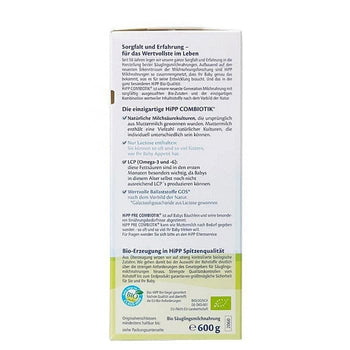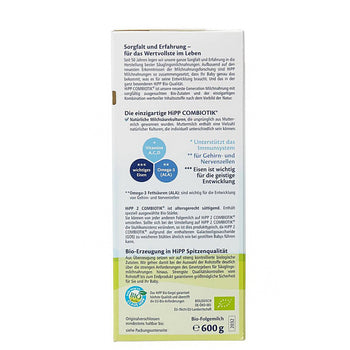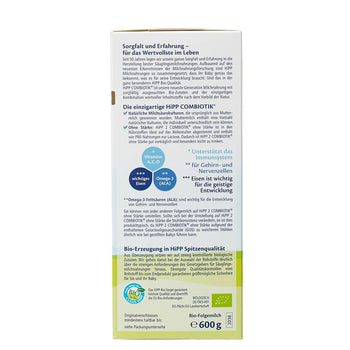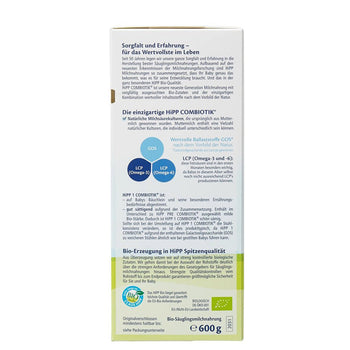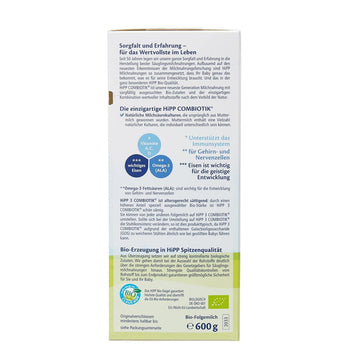Are you curious about why European baby formula comes in stages rather than following the age-based approach commonly seen in the American market? Understanding the logic behind this can provide invaluable insights into meeting your baby's nutritional needs. In this article, we delve into the world of European baby formula stages and why it might be the right choice for your growing bundle of joy.
Exploring the Concept of European Formula Stages
In the United States, baby formulas are typically categorized based on a child's age. However, European baby formula takes a different approach by dividing its offerings into stages that reflect a child's nutritional development rather than their chronological age.
As we all know, children grow at varying rates, and their dietary requirements evolve significantly over time. This is where European baby formula stages shine, as they adapt to meet your child's unique nutritional needs during different growth phases.
Understanding the Different Stages
Each stage of European baby formula is meticulously formulated to provide the ideal balance of vitamins, proteins, carbohydrates, and fats tailored to your child's specific stage of development.
Stage 1: The Gentle Beginning
The initial stage, known as "PRE" or "Stage One," is designed for newborns, offering a gentle and mild introduction to formula feeding. It can be used either as a supplement to breastfeeding or as a complete meal. Typically, parents opt for PRE or Stage One during their baby's first year. PRE is suitable for infants from birth to six months, while Stage One is an option for children in the same age bracket.
If you decide to introduce solid foods between four to six months, Stage One can continue to be a suitable choice until your child's first birthday. Notably, brands like Holle do not incorporate probiotics or prebiotics into their PRE and Stage One formulations.
Stage 2: Meeting Growing Needs
Once your baby reaches six months or older, it's time to consider Stage Two. This stage is specially formulated to cater to the higher caloric requirements of babies as they progress through their growth cycle. It's an ideal choice for babies who consume minimal solid foods or have transitioned away from breastfeeding.
Stages 3 & 4: Nourishing Development
Stage Three becomes relevant when your child reaches approximately ten months of age, while Stage Four is tailored for toddlers aged one and older. These stages feature the highest calorie content and provide an ample supply of fats, proteins, carbohydrates, and essential vitamins to support optimal developmental growth.
The Perks of European Baby Formula
European baby formula boasts numerous advantages that attract parents seeking the best for their children. One standout feature is the use of top-grade organic ingredients. Unlike the United States, where regulatory standards may differ, the European Union maintains strict oversight over ingredient quality, composition, nutrient content, and labeling.
Moreover, European baby formulas are crafted with the goal of aligning with baby growth milestones. These formulations adhere to stringent requirements regarding energy, fat content, carbohydrates, minerals, vitamins, and proteins. Hence, the concept of stages in European baby formula ensures that your child receives the precise support required during their growth journey.
At Euromallusa, we take pride in offering European baby formula packed with organic ingredients to support your child's growth. Explore our selection, including Nannycare formula, which incorporates the benefits of goat milk for its nutritional excellence and delightful flavor. Browse our range of baby formulas today and provide your little one with the nourishment they deserve.















